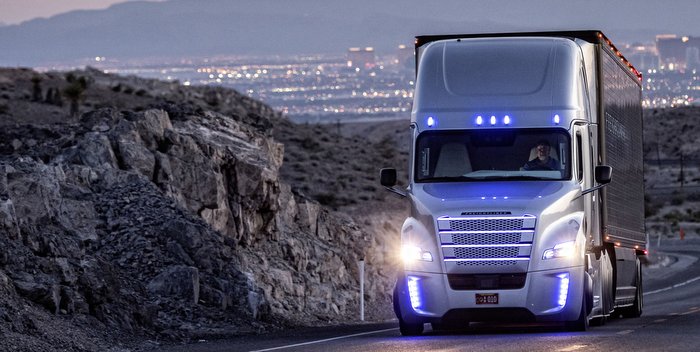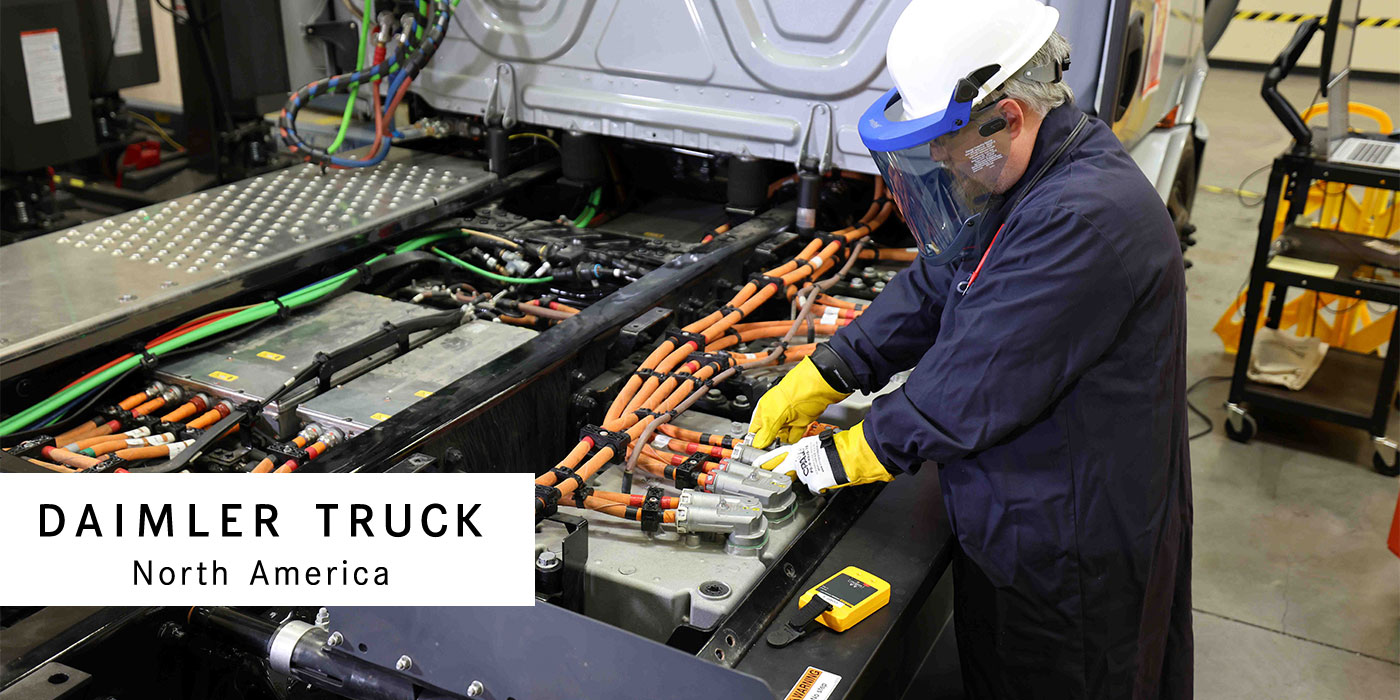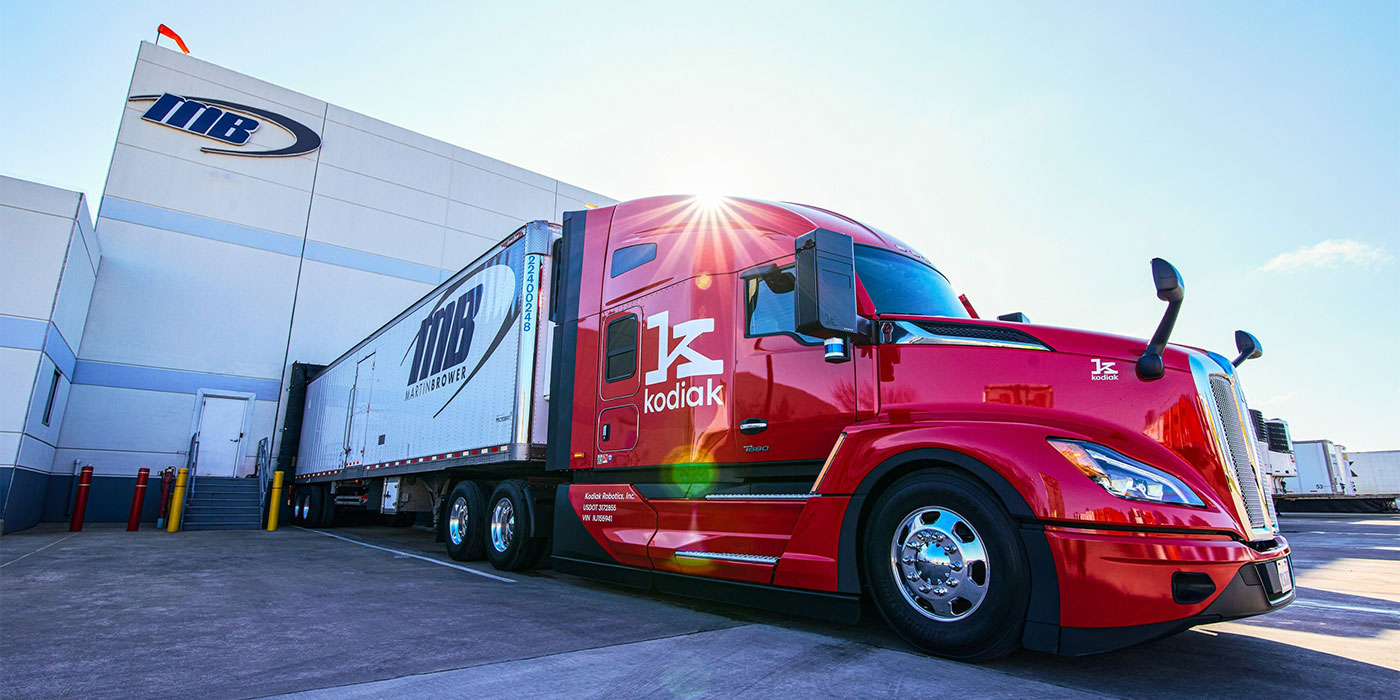There has been a lot of talk about autonomous trucks of late. Note, please, that the talk has been about autonomous trucks and not driverless trucks. Had there been at any point—in no order of particular preference—a toaster oven or the collected works of Robert G. Ingersoll within reaching distance of the steering wheel this, would have constituted a situation by which the truck was “driverless.” That this was not the case and that a seemingly sentient human being burdened down with the responsibilities of free will and thus existential angst was in fact behind the wheel implies “autonomy.” Can we agree to this and move on? Good, because I don’t want to talk about. Everyone else is, and so further discourse is bluntly superfluous.
In fairness, I don’t want to talk about the “what” of the autonomous truck, but about the “how.” And this isn’t about the technology; more qualified people than I exist to explain that. In terms of understanding anything surrounding IT, approximately 8.1 billion less two people are better equipped for this. The “two” being your and IT guy who has rendered my laptop not so much “autonomous” as “resident” in a parallel universe, but I digress.
People are seeing plenty of trees surrounding the Inspiration Truck, but they are failing to see the rather more significant forest. No one told Daimler to do this. There is not regulation nor statute that I am aware of that demands R&D expenditure be directed towards autonomous vehicles. The Inspiration Truck arrived not because it had to but because it could. This is a good thing.
Consider for a moment the sum of the parts. The total, certainly, is an autonomous vehicle compliant for the movement of road freight within the confines of the Silver State. This is all good if you want to move road freight as per above, but the enabling technologies that allow for this may have other rather less dramatic applications. “Simple” stuff such as allowing the development of vehicle platooning comes immediately to mind.
This is the point: Any time now, we will learn—or get a better idea—as to what emissions regulations will look like after 2020—2021. Up until recently, those regulations have sat almost perfectly at odds with the commercial demands of the trucking industry. Post GHG it is no longer the case that newer trucks are less efficient, and regulation and trucking can finally share—at least in part—a common goal leading to the greater good. And, notwithstanding any curveballs pitched from the EPA, we can hope that this situation continues. This is, to my mind, what the Inspiration Truck is all about. Twenty-five years ago, with newly minted permit still in hand, I took my first truck out for a spin. It was a long and trying day and if you want an example of a driverless truck, think back to the English Midlands that day a quarter of a century ago: My input was, at best, limited. In the following years, that truck has gotten a whole lot better—the driver is still trying—but it has gotten better not because of regulation but in spite of regulation. That situation, hopefully, is now different.
So what has Daimler done here? Ultimately, it is simple. The global trucking industry—not just Daimler but pretty much every OEM on every continent—is staffed by some remarkably talented, inquisitive and driven people. They have the skills and the brainpower, individually and collectively, to do some pretty cool stuff. When they have to extend 80% of this talent in the pursuit of compliance with regulation that is contrary to the common good they are never going to truly shine. When that situation is reversed the sky really is the limit.














